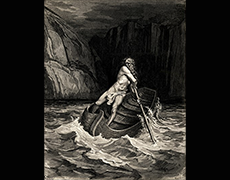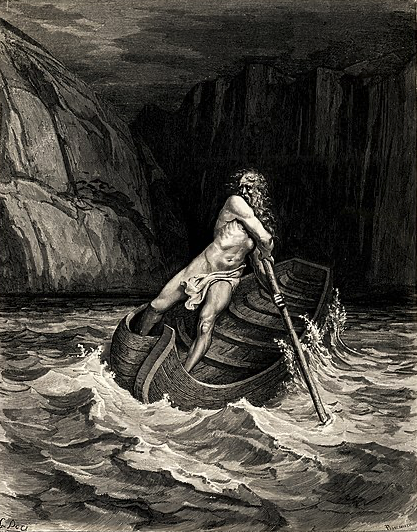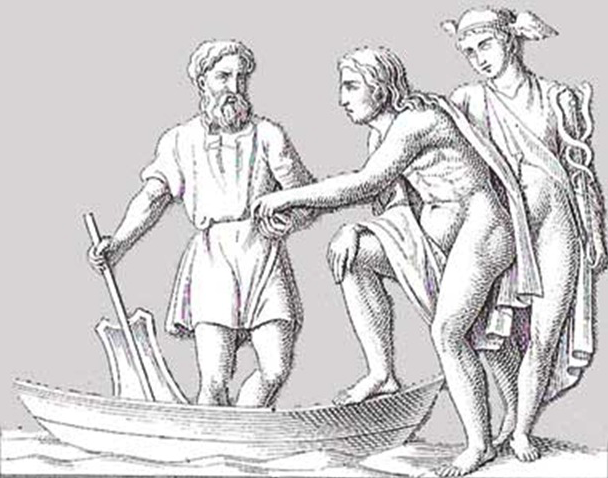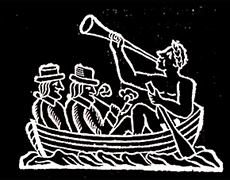
Charon was a prominent figure in ancient Roman funerary beliefs and played a crucial role in the journey of the soul to the afterlife.
As the ferryman of the underworld, Charon was responsible for transporting the souls of the deceased across the rivers Styx and Acheron to reach the underworld.

In ancient Roman times, death was seen as a journey, not an end. The deceased’s soul was believed to cross over into the afterlife, and Charon was the key figure in facilitating this transition.
The crossing of the rivers was considered to be a necessary step in reaching the afterlife, and the soul could not complete its journey without Charon’s assistance.
It was customary in ancient Rome to place a coin in the mouth of the deceased as payment for Charon’s services. The coin was believed to guarantee safe passage across the rivers, and the wealthier the individual, the more coins they were said to have placed in their mouth.

This practice was not just a symbol of the person’s wealth and status, but also a sign of respect for Charon and the gods of the underworld.
In addition to the coin, other rituals were performed to ensure the safe passage of the soul to the afterlife. The deceased’s body was typically embalmed and wrapped in a shroud, and a funeral procession was held to accompany the soul on its journey.
These rituals were believed to be important in ensuring that the soul reached the afterlife and was received by the gods with honor.

Charon was also thought to have the power to determine the fate of souls in the underworld. He was seen as the guardian of the entrance to the afterlife and was responsible for deciding who was allowed to enter.
Only those who had completed their journey across the rivers and paid their fare were allowed to enter the underworld, while those who had not were doomed to wander along the banks of the rivers for eternity.

